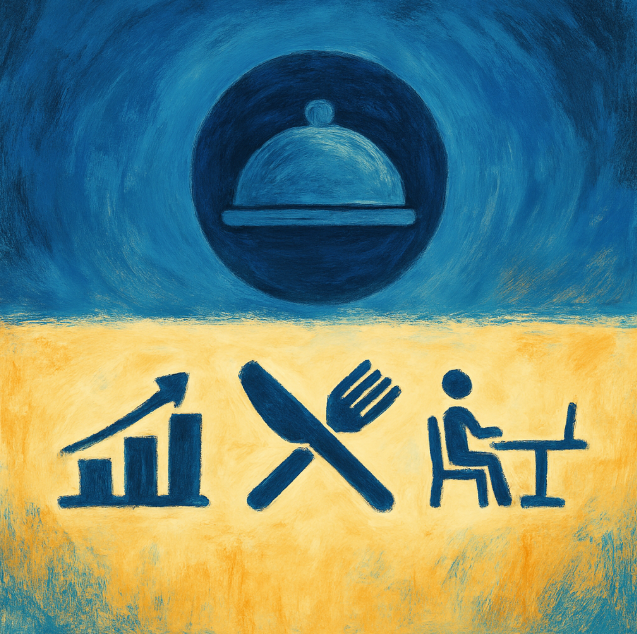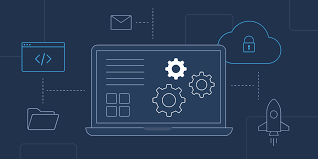
The right financing for your business can come in many forms, as well as many sources. There’s crowdfunding, alternative lenders, bank loans, unsecured loans, secured loans, lines of credit, term loans, equity, debt, and many more.
At a particular point, you may want to settle for a straightforward and simple personal loan instead. However, the question is, can you use it for business purposes? Is personal loan better than a business loan?
Well, it’s possible to use a personal loan for your business. However, it may or may not be a great idea relying upon your situation. For a little help, we’ll help you understand what personal loan is and if it’s a good idea for your business. Take a read!
Personal Loans Versus Business Loans
Directly speaking, a business loan is strictly intended for the purpose of funding a business. However, this purpose can take a lot of forms. It includes restocking inventory, renovating an existing location, opening a second location, covering payroll, or whatever means it takes to keep your company thriving.
This kind of loan lets you use the financial reputation of your company, including cash flow history and credit, to gain approval. Also, since a business loan amount is higher compared to personal loan amounts, they’re high-risk for creditors.
Therefore, lenders only grant loans to businesses they believe not risky or those who are worth the risk. It means business owners whose companies have a proven history of profitability, good business credit scores, and high personal credit scores are good candidates for most lenders.
Additionally, business loan applications involve tons of paperwork. Since lender requirements can be challenging, some companies, specifically newer establishments, may have a difficult time securing a business loan. You can apply for business loans from accelerator programs, private equity, angel investors, online lenders, credit unions, and banks.
On the other hand, personal loans are given to individuals. Put it simply. These loans are intended to fund personal matters. Say, for example, medical, education, car, or home expenses. Or, in some cases, to augment or start a small business.
When you apply for a personal loan, your creditor will assess your personal credit score and income to decide whether you’re qualified for a loan, as well as your loan’s terms and rates. In this scenario, your personal credit score is very crucial.
If you have bad credit, then you’ll have a difficult time be eligible for a personal loan. Unlike business loans, personal loans are more flexible when it comes to applying the funds. Also, most lenders don’t ask for collateral. You can apply for personal loans from family and friends, online lenders, credit unions, and banks.
Financing Your Business With A Personal Loan
Most of the time, funding your company with a business loan makes more sense. However, securing one through your bank can be undoubtedly challenging, particularly for business owners who can’t meet the ever-demanding loan qualification criteria from banks. Plus, those who are starting out.
Although small business loan approval is increasing, huge banks are only approving at least 25.9 percent of the loan applications that arrive through their doors. In that case, about 75 percent of small business owners are in the lurch.
Because of this, a lot of small business owners have opted for alternative financing to secure business loans. In fact, alternative creditors have approved 56.5 percent of their loan applications in June 2018.
It is a massive step from the approval rating of the banks. However, it’s still not a hundred percent. Even if alternative lenders have developed loans to cater to different small business owners, still, they employ specific standards for their borrowers to meet.
So, if your alternative lender or bank rejects your business loan application for specific reasons like a bad credit score, you can opt for a personal loan from your bank. Moreover, there are several cases wherein you may want to get a personal loan from the start.
- Insufficient Collateral. If you’re concerned about collateral, then you can opt for a personal loan because it doesn’t require insurance or something pledged as security.
- You Need a Small Amount. If the amount you need is small, then get quoted for a personal loan, whether from your bank or an online lender like CreditNinja. They may be willing to let you borrow the amount you need at an annual percentage rate (APR) you can afford.
- Brand-new Business. A startup owner might face many challenges if they apply for a business loan application. You may have more luck getting a personal loan if your business is still in the early stages.
Takeaway
Is a personal loan a good idea for your business? Should you pursue it? Well, you have the choice. Evaluate your business and personal finances, the amount you’ll be needing, and work with an expert to aid you in deciding whether a personal loan makes more sense than a business loan, and vice versa.


































